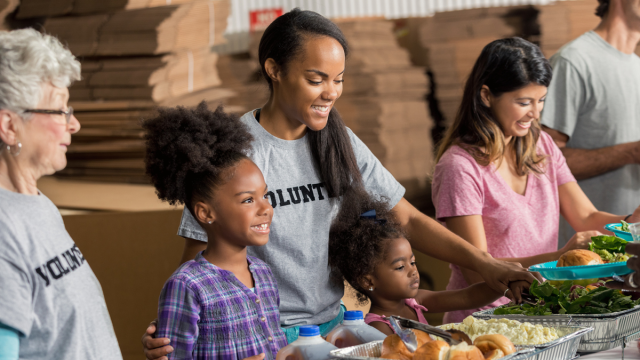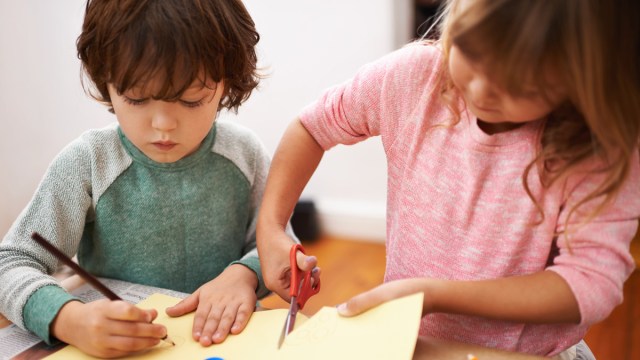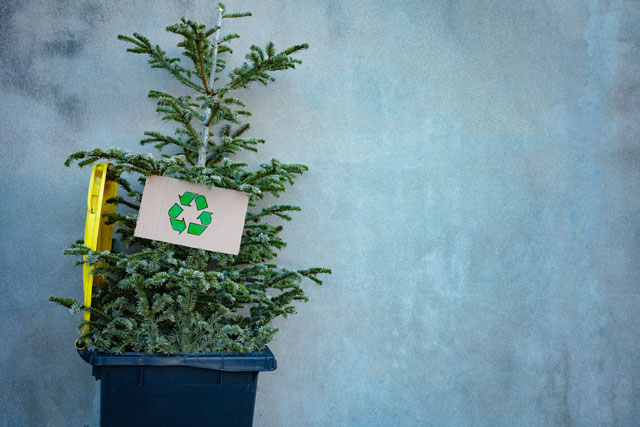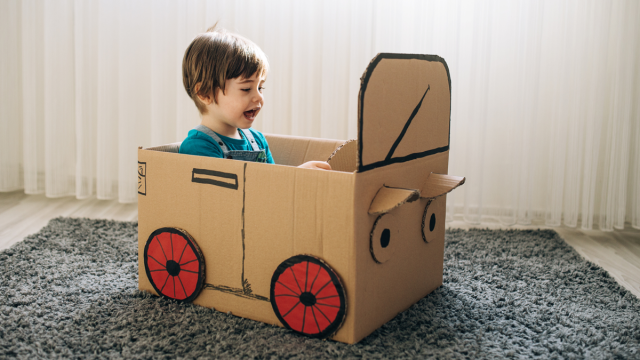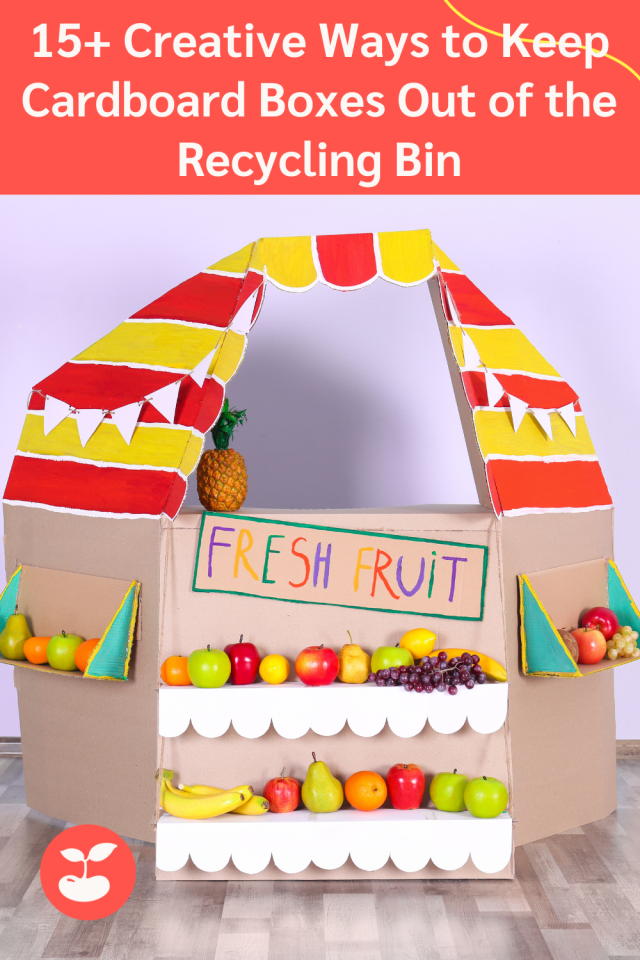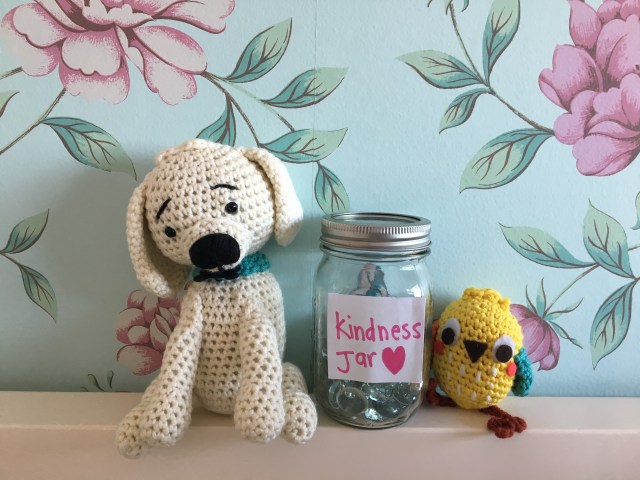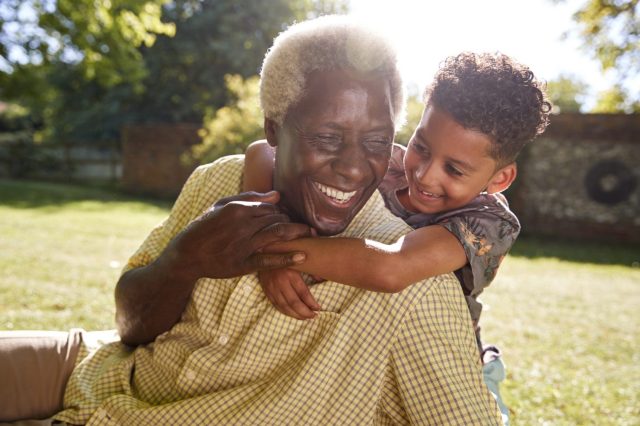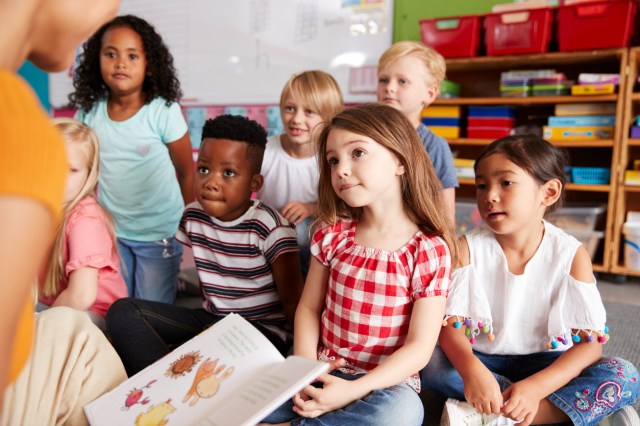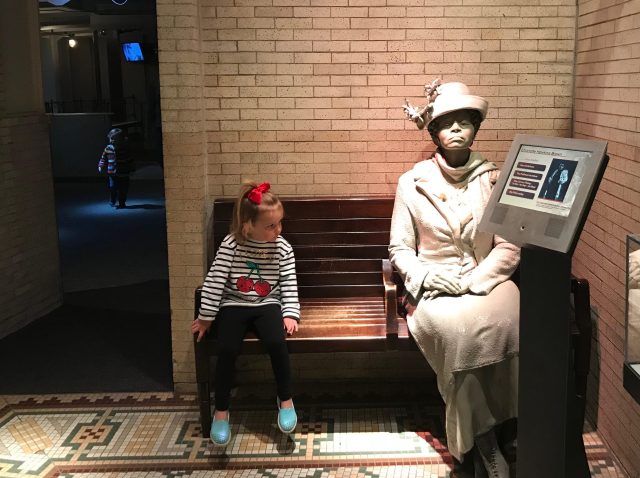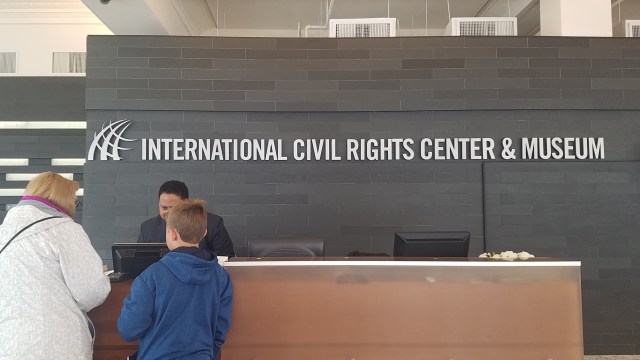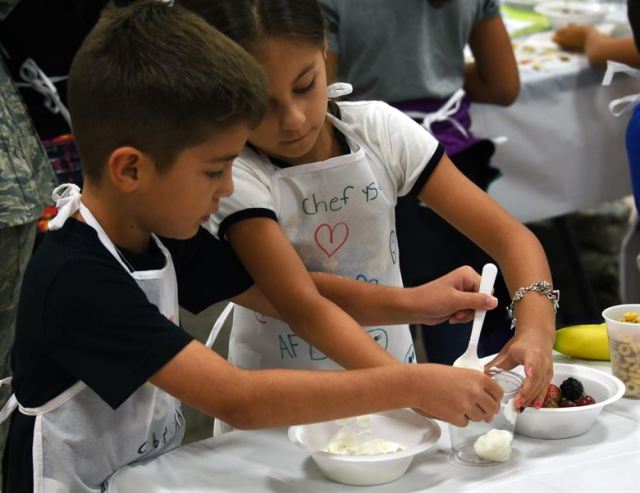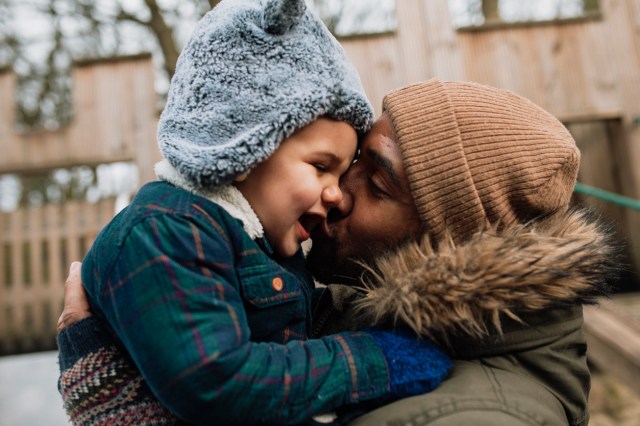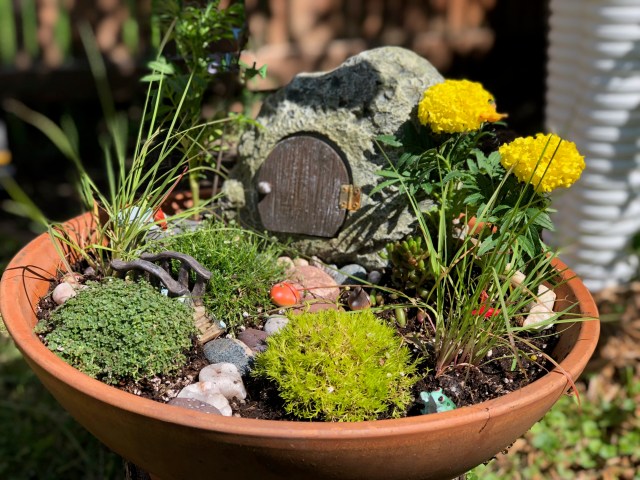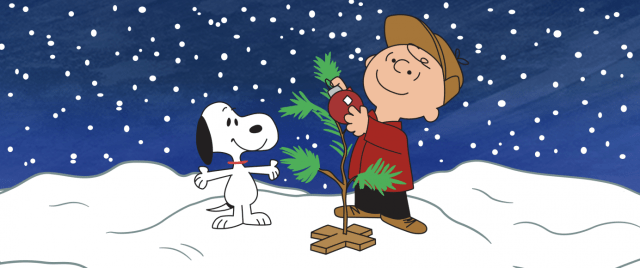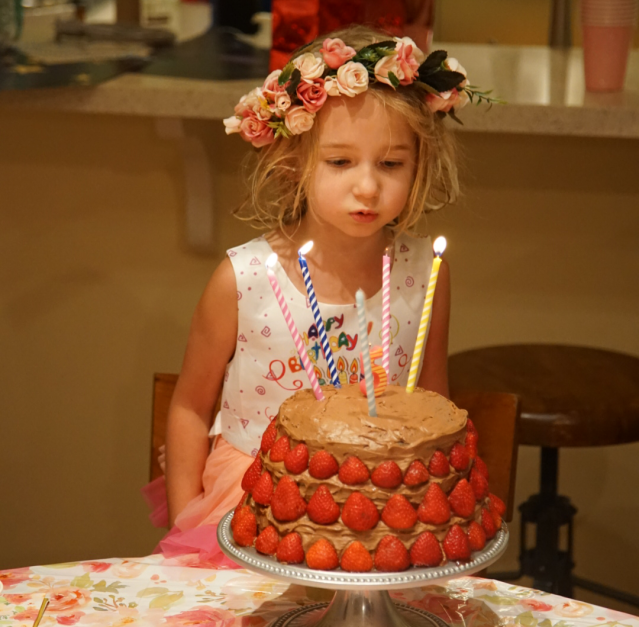Check out these helpful tips for how to teach kids to be grateful this year
As parents, guiding our kids toward living a life of gratitude is no easy feat. After all, how do we actually teach our kids what gratitude means and how they can demonstrate it on a daily basis? It starts with simple acts and words that even the youngest of kids can understand. (Also, try reading these books about gratitude.) Here are a few specific examples to get your little one in the habit—you can thank us later.
1. Give back to the community. Acts of service are great ways to instill gratitude in kids. Consider participating in a local park clean-up, donating canned goods to a food pantry, or giving away unused clothes and toys. There are also lots of ways you can volunteer right from your own home.
2. Ask your kids to name one thing they're grateful for every night. Starting this habit helps kids (and adults) remember what is good in our lives, and that we are grateful for even the smallest of things. This can be during a dinner conversation or before bed.
3. Make a good deed calendar. Use it in the holiday months as a countdown or year-round to inspire kids to pay it forward every day.
4. Teach them to "work" for a reward. I'm sure we've lost track of how many times our kids ask for a new toy or something fun. The next time your little one wants another hour of screen time, how about telling them to complete a household chore before getting the reward? Receiving a reward after work always makes the treat feel more well-deserved.
5. Integrate gratitude with holidays and special days. Thanksgiving and Christmas aren't the only holidays that are all about gratitude. Other days where it's equally important to teach kids the meaning of the holiday and how they can be grateful for it include Veterans Day and Memorial Day are teaching opportunities for kids to be grateful for service members.
6. Model saying "please" and "thank you." There's no substitute for good manners. Regularly using words like "please" and "thank you" gets little ones to remember to be grateful while demonstrating respect to others.
7. Gratitude goes both ways, so make sure to say "thank you" to your kids. As parents, it's easy to get caught up in the day-to-day and forget to show appreciation to our little ones. So when they do something kind or follow directions, remember to say "thank you." It may seem like a small gesture, but they will know you're grateful.
8. Teach them about food security. It can be hard for young kids to understand what it's like to not have enough food in their bellies. We've got easy ways to help them understand and ideas on how to give back.
9. Look for the positive in even the most difficult situations. It's easy to focus on the negative, especially when a situation doesn't go our way. Helping kids focus on the positive (even if it's a small positive) will go a long way in helping them feel grateful in life, even during difficult times like we are experiencing now.
Related: 8 Easy Ways Your Kids Can Give Back All Year Round
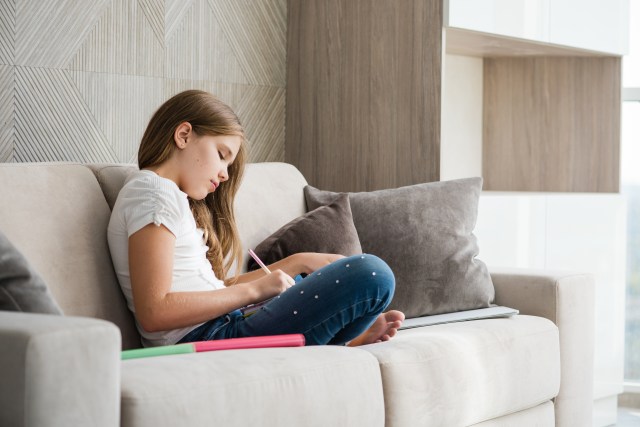
10. Send notes of gratitude. Don't reserve your "thank you" notes for birthday gifts and holiday cards. Teach your kids the importance of gratitude by having them write a note or draw a picture for a special person each month. This could be a grandparent, a neighbor, a teacher or a community member.
11. Turn holiday gifting into an opportunity to give back. With the holidays approaching and kids making their wish lists of toys, try making a new kind of list. Have your kiddos write down a few gift ideas they'd like to give to others. So rather than focusing simply on the getting, it's also about giving. Check out also these gifts that give back with every purchase.
12. Gift experiences not gifts. Kids who get tons of presents for holidays might not appreciate it when another one comes along. Gifting experiences like museum memberships or a special day with mom or dad can be something they remember long after that last toy gets chucked under their bed.
13. Create a gratitude jar. A mason jar is the start of this fun activity the whole family can participate in. A few times a week have everyone write down what they are grateful for. Then, have a special night where you read them all aloud.
14. Try out Turkey on the Table. This one is specific to Thanksgiving but is a fun way to get the flood of gratitude going. The feathers of this festive turkey are things that each family member is grateful for. You add them in the weeks before Thanksgiving and then read them aloud after dinner. Check it out here.
15. Discuss "needs" versus "wants." This one's more for the older kids but you can get the discussion started even at younger ages. Thinking about what we need to survive versus everything else can help kids to be grateful when they get those little "extras."
16. Read books about gratefulness. There are tons of great books where the characters share what makes them thankful. Consider adding one of these to your family bookshelf.
17. Write down a reverse bucket list. Instead of focusing on things they want, have kids write down things they have done and loved. This shift in focus will reframe this time of year away from all the wants.
18. Be a grateful parent. Kids learn from observing. There's no better way to demonstrate gratitude than for you to show how much YOU are thankful in life.
